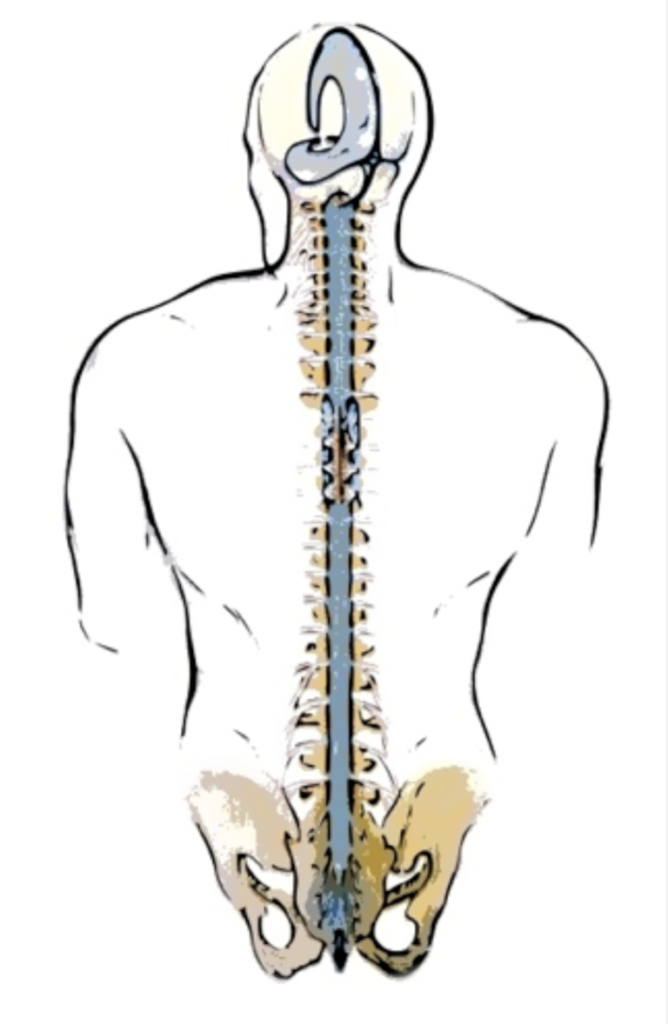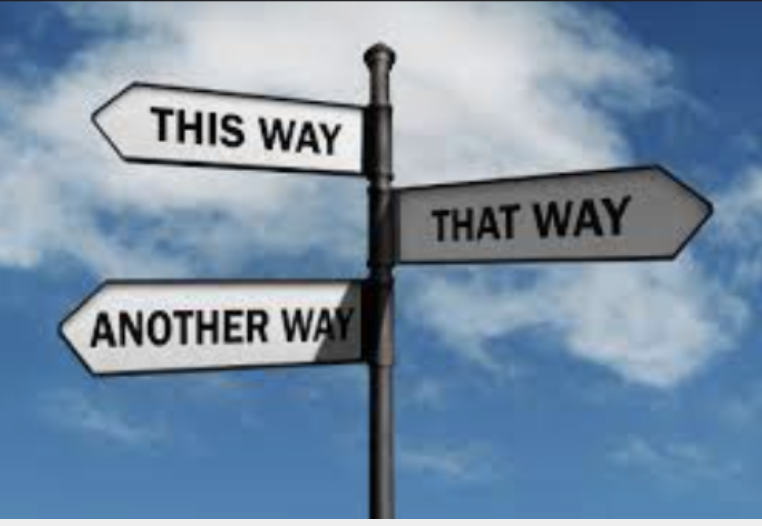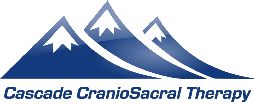CST in a Nutshell
CranioSacral Therapy (CST) has become more well known in the last 40-50 years old as a distinct and recognized health care approach, but its earliest beginnings go back to the 1870s and the work of osteopathic physicians, Dr. A.T. Still and Dr. William Sutherland. CST remains true to the core principles of osteopathy even today. But while the discipline of osteopathy focuses primarily on working with the bony structures of the body (as does chiropractic, which also emerged from osteopathy), the work of CST specializes in working with the “craniosacral system”, the soft tissue membranous/fluid “home” environment of the brain, spinal cord, and cranial nerves.
External trauma to the body, disease, infection, exposure to toxins or radiation can alter tissue tone, create adhesions, change cellular or molecular structure, produce an environment of abnormal pressure or compression, restrict fluid flow (cerebrospinal fluid, lymph, blood, and interstitial fluids), or disrupt energy and information flow. Any of these situations can create conditions for a wide range of potential “symptoms”. Because the body is so interconnected, abnormal stresses or dysfunction in any part of the body can create symptoms in any other part. For this reason, trying to find the cause of your distress can be often prove baffling. CranioSacral Therapy uses hands-on, gentle techniques to address specific issues that can affect any part of… or the whole… body.
The work is ideal for encouraging release of abnormal tensions, creating more “room” for your body structures on a micro to macro level, and promoting optimal fluid, energy and information flow. Because the work is so gentle, it does not tend to trigger the body’s defense mechanisms; we can work very specifically and very deeply with hard-to-access and even quite vulnerable structures. Risk is minimal. Results can be subtle… or dramatic.


What kinds of issues can CST help?
I see people experiencing a wide range of difficulties – here are some of the most common:
- Concussion recovery – cognitive impairment, pain, mood swings
- Headaches/migraines
- Sensory issues – tinnitus, vertigo, nerve sensitivity
- Immune system dysfunction – including autoimmunity
- Cognitive function – concentration, memory, learning challenges
- “Long Covid” symptoms
- Whiplash recovery
- Jaw pain/TMJ dysfunction/dental issues
- Stress/tension related problems
- Depression
- Acute pain from injuries or disease
- Chronic issues – pain, inflammation, fatigue
- Sleep – Inability to rest – “hyperalert”
What is a CranioSacral Therapy session like with me?
My colleague, Kate Mackinnon, who practices in the Bay Area, does an excellent job explaining the basics of CST and what a typical session may be like. Different CranioSacral therapists will practice differently, depending on their background, specific training, and even personality.
I’ve been in classes with Kate, am very familiar with her approach to treatment, and know that our training and style of practice are similar. What she presents here will give you a good idea of what to expect when you come in to see me.
CST is so gentle; how would I know if the work is having any effect?
The work is subtle, but the effects can be quite noticeable and symptoms often resolve very quickly. Because cranial work is so gentle, I can work with tissues which otherwise might be be too vulnerable or difficult to reach. Many times people feel immediate relief, saying they feel “more space”, more relaxed, or simply that “something’s” different or better – even if they can’t quite put into words precisely what has changed.
The way we assess the health of the tissues and decide where to work is ideal for leading us to the source of difficulties, rather than simply addressing the symptoms it produces. By improving conditions at the source of the dysfunction “upstream”, any associated symptoms tend to resolve themselves “downstream”.
How often would I need to come in?

As you may have guessed, there is no single “right” answer to this question. Everything depends on how your body processes the input from the sessions and that is influenced by many factors.
What I’ve found is that this type of work may be so different from anything else you’ve done before that it can be hard to predict how you will respond until we get started. As a general rule of thumb, I generally suggest that you give yourself a trial period of 3 or 4 sessions to see what you notice for how your body responds. You should know “something” by that time. Then again, you may know something after even one session. We can work together to evaluate how you are responding to your sessions. My goal is to support you in getting to a stronger, healthier place, not to simply sign you up for endless sessions.
How can I know whether CST can help me?
It can be difficult to know what the best healthcare approach is for a particular concern. When we’re in crisis, we often don’t have the energy, finances, or time to keep “trying out” different approaches until we hit upon the something that “works”. I’ve experienced that myself. If this is where you are, I’d like to invite you to come talk with me before committing to a session. Let me know what is going on and we’ll take a look at whether and how CST can address your concerns. Schedule a complimentary 15-minute consultation and we’ll explore what’s possible. Come to my office or let’s talk over the phone, whichever is best for you.

